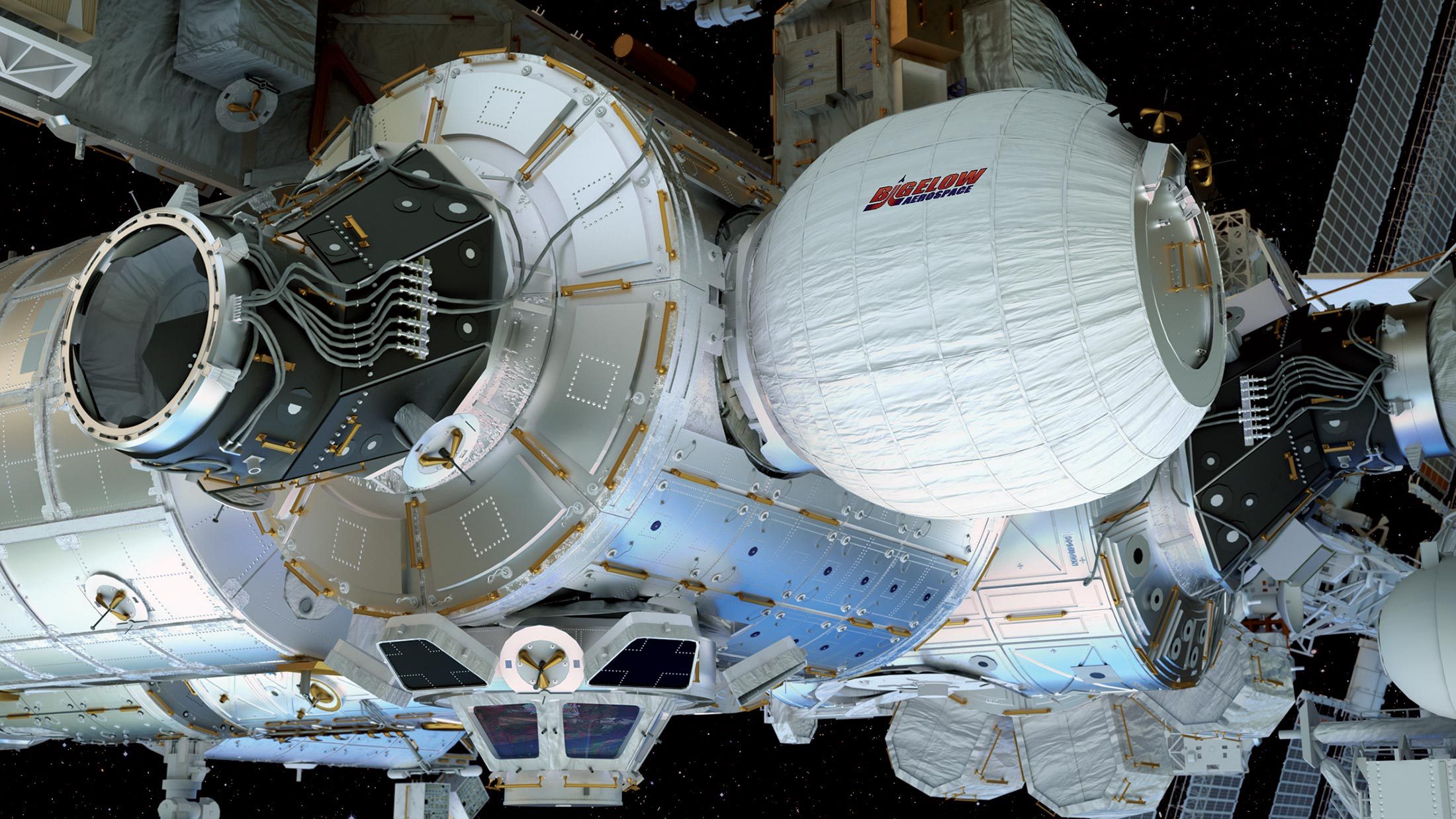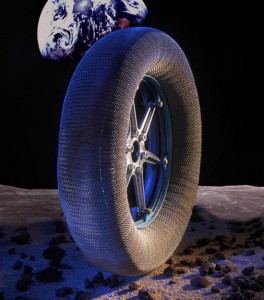In 1964 when Frank Sinatra sung about wanting to see what spring was like on Jupiter and Mars, he was speaking metaphorically. But these days it’s just not that far from reality. Since that first moon landing, just a few short years after Sinatra released the song, our knowledge and experience of space has grown exponentially and we’re now at a point where more than one group is vying for the accolade of establishing the first permanent human settlement on Mars.
NASA’s most recent triumph (after an admittedly shaky first attempt) is their successful inflation of the Bigelow Expandable Activity Module (BEAM), an inflatable space habitat. This is good news, because expandable habitats require less payload volume on a rocket than traditional rigid structures and, once expanded, provide a much larger and more comfortable space for astronauts to live and work. The BEAM team at NASA say that they could also be used for “deep space habitats like on the surface of Mars” or as “transit habitats attached to Orion on our way to deep space”.

This may seem like pretty cutting-edge stuff, but interestingly the first test model for an inflatable space station was created over 50 years ago in the early 1960s – by Goodyear. The aerospace division (the same team that developed the Goodyear blimps) partnered with NASA to investigate a variety of models, but they were all ruled out due to being dynamically unstable, requiring too many boosters to launch, or because the Coriolis effects were too great (an inertial force that would physically debilitate crew members). So the team began developing something completely different: a self-deploying inflatable station.
Although some bureaucratic issues stopped the project being completed, the innovative problem-solvers soon found a new focus: less than a decade later, in 1971, Goodyear put the first tyres on the moon. As more lunar expeditions were planned and completed, it became clear that astronauts needed to be able to explore beyond their landing sites – and this definitely couldn’t be done on foot. So as Lunar Roving Vehicles were developed, Goodyear again partnered with NASA to create the ideal lunar tyres.
 A unique mesh structure made of piano wire was chosen, because it would form a springy surface that would contour well to the ground. The tyres also featured titanium chevrons for traction. The first drivers on the moon, astronauts Jim Irwin and Dave Scott, said of their experience: “The rover handles quite well… the steering is quite responsive… this is a super way to travel… and it’s easy to drive.”
A unique mesh structure made of piano wire was chosen, because it would form a springy surface that would contour well to the ground. The tyres also featured titanium chevrons for traction. The first drivers on the moon, astronauts Jim Irwin and Dave Scott, said of their experience: “The rover handles quite well… the steering is quite responsive… this is a super way to travel… and it’s easy to drive.”
Building on this success, Goodyear updated the design in 2010, developing tyres composed of wire mesh and 800 load-bearing springs. This means that, as NASA researcher Vivake Asani notes, the tyres don’t have a “single point failure mode. What that means is that a hard impact that might cause a pneumatic tire to puncture and deflate would only damage one of the 800 load-bearing springs.” The new tyres are also more flexible, weigh less, adjust better to the tough lunar terrain and provide better traction and shock absorption, ultimately covering greater distance and carrying higher loads than the original tyres. (Hence why it’s no surprise that the design has earned a prestigious R&D 100 Award, a great way to symbolise Goodyear’s pioneering and longstanding efforts in space.)
Ultimately, whether it gives us a better driving experience on a new planet or helps us live more easily in another part of the galaxy, this kind of creative problem-solving is vital if we’re going to safely explore new territory and continue to push the boundaries of our universe. Like Ol’ Blue Eyes, we want to keep dreaming about playing among the stars – but we need practical innovators to help us when we get there.
